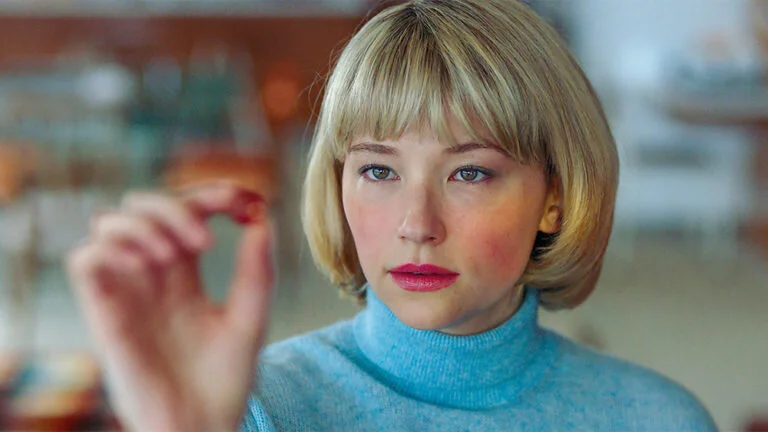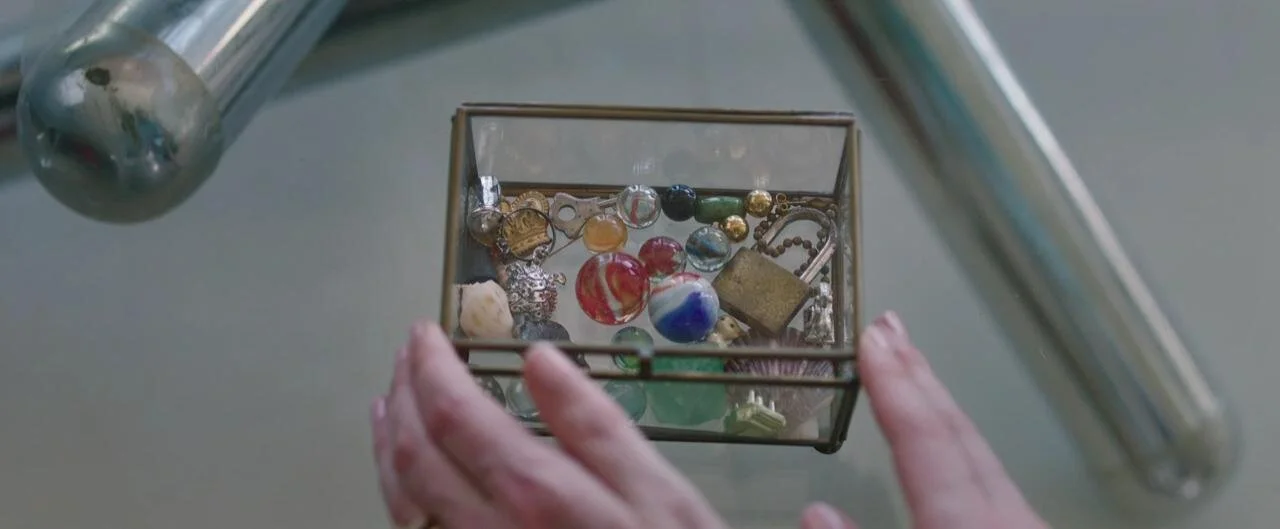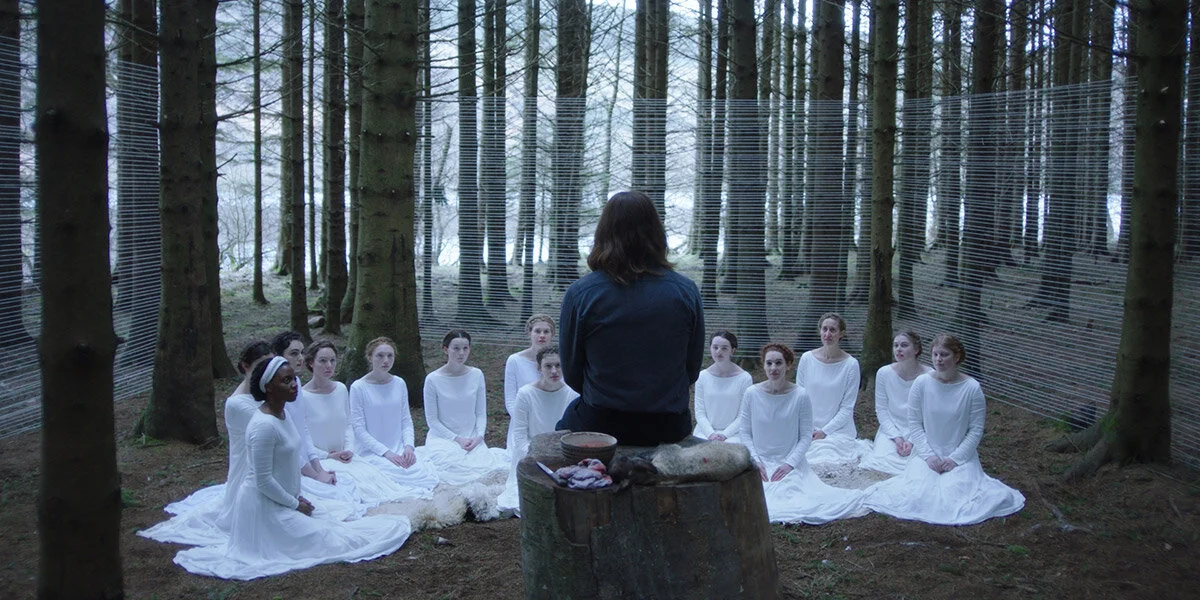Film Review: Swallow
© Swallow
Swallow, who's theatrical release was thwarted by COVID-19, made its debut online. Swallow is an unconventional horror film, similar only to Safe (1995) or My Strange Addiction. Hunter, having no ambitions outside of pleasing her husband, maintains their chic home with a state-of-the-art kitchen and an infinite view of the Hamptons. Her unblemished world starts to devolve into a psychosomatic nightmare. Newly pregnant, she develops pica, an eating disorder characterized by eating inedible, often harmful objects, which can be common during pregnancy. This film elevates pica to terrifying body horror, making us wonder if it's the pregnancy or crippling mental-affliction that escalates her condition to a horrifying degree. Ultimately, Swallow is about reclaiming autonomy. Women are always fighting for this amidst societal pressures of body image, abortion laws, and the prevalence of sexual abuse.
© Swallow
We enter the surreal world of Hunter's impeccably kept home – bland and contemporary except for a menacing, bright-red couch. Sporadic splashes of red throughout the film are like the bloody excretions that contrast with her demure demeanor. Her husband and his wealthy family continuously patronize her with an uncanny, Lynch-like feel. She's eerily disconnected from the pregnancy, suggesting that it was only a result of trying to please her husband. Someone congratulates her, and she looks confused, replying, "For what?" One day, Hunter picks up a self-help book that encourages her to try new things, so she swallows a marble, which sparks something within her.
© Swallow
It's interesting that Hunter, devoid of any interest of her own, ultimately feels a sense of control when she consumes these sharp objects. In a sickening display, Hunter fishes the bloody trinkets out of the toilet with yellow household gloves and arranges them like trophies on her dresser. The items increase in peril – a thumbtack, a battery, and even a figurine. These tear through her body, undeniably damaging her insides and her baby. During an ultrasound with her husband, foreign objects are found and removed in a horrific procedure. Her husband, in disbelief, reprimands her, and his parents and coworkers discover her nasty habit. This leaves Hunter feeling humiliated. Forced to see a psychiatrist, she explores her feelings of control and reveals that her own birth was a product of a rape. Hunter explains that extreme Christian ideals prevented her mother from getting an abortion. Ultimately, Hunter destroys her past by destroying her body.
© Swallow
What was most extraordinary about this film was its pace and refusal to submit to the horror genre- instead, it unravels like an indie drama. Instead of escalating in shock value as most horrors do, Hunter embarks on an arc to discover her independence. She finds her voice for the first time, leaves her husband, sheds the docile persona, and stands up to her mother's rapist. Perhaps a hallmark of autonomy is the choice to have an abortion. She ultimately decides for herself that she does not want the baby. By the end of the movie, she reclaims her body and thus her life.
© Swallow












